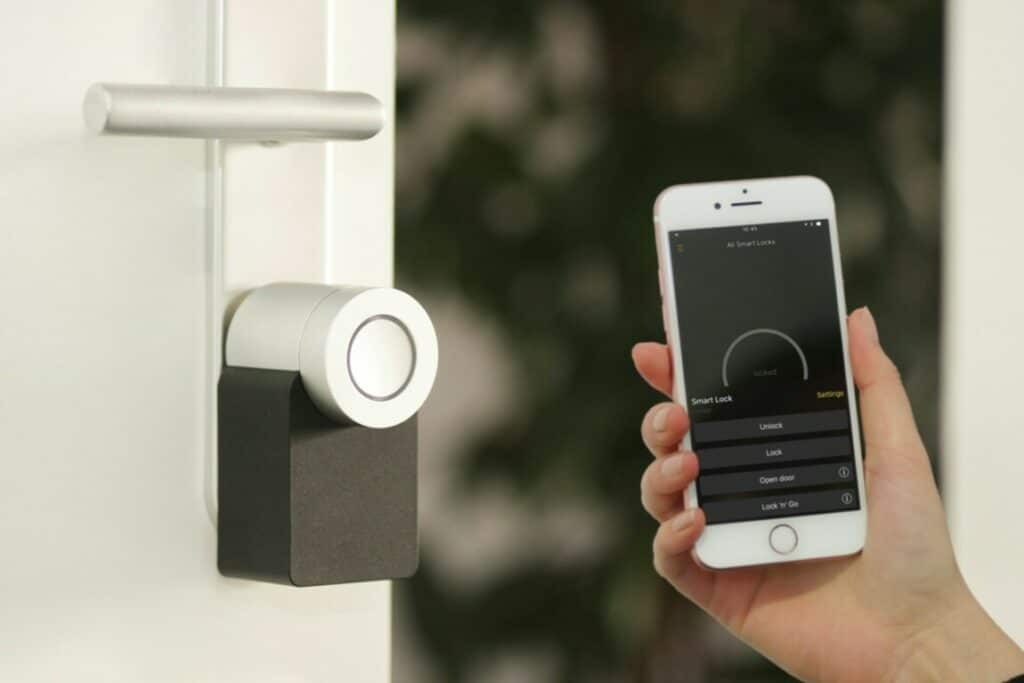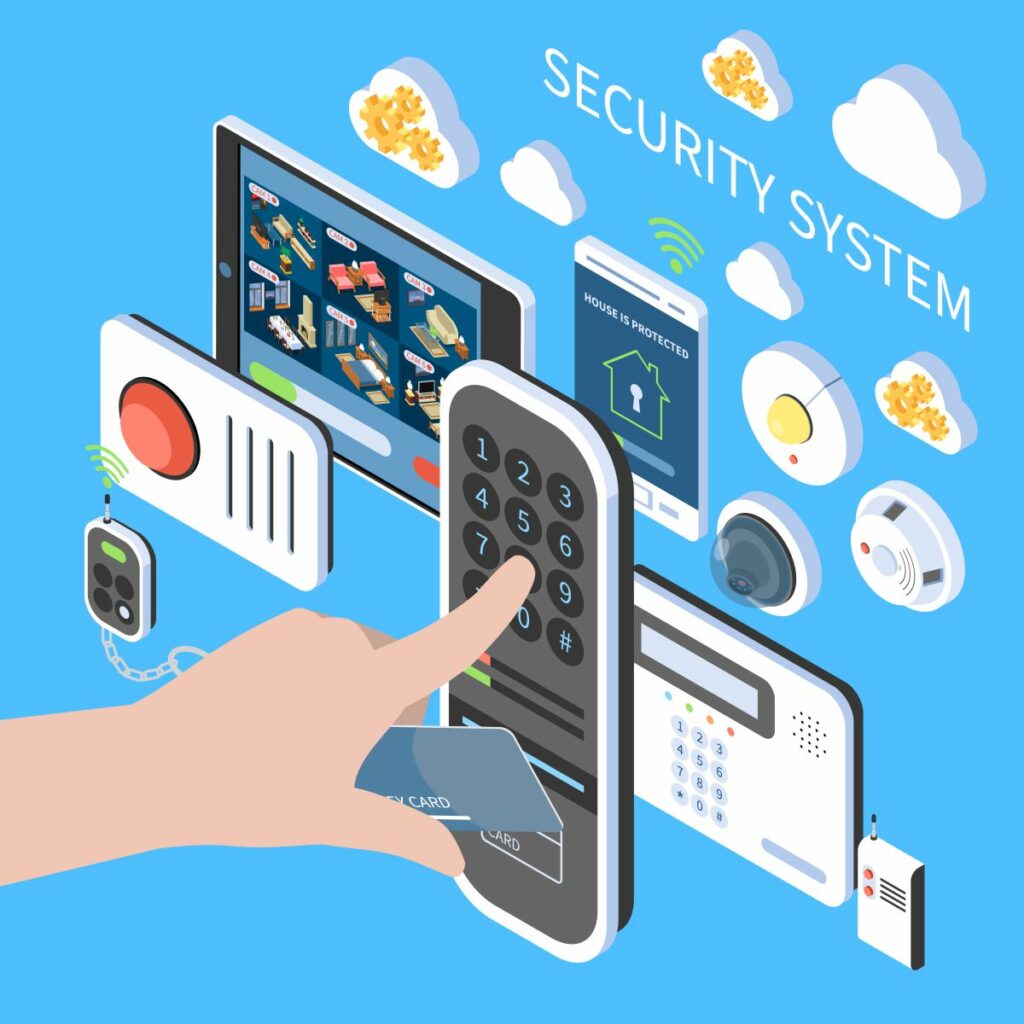Navigating The Future Of Home Security For The Elderly
In the rapidly evolving landscape of smart homes and home security, the importance of accommodating diverse needs for accessibility is becoming increasingly evident, particularly for those who haven’t grown up with the technology that is common today and for those homes that haven’t evolved with the times, particularly around Hamilton.
As this study by Te Tūāpapa Kura Kāinga – Ministry of Housing and Urban Development shows, as our societies age, the demand for age-friendly technology takes centre stage. Automatic security gates, a key component of modern home security, are no exception.
In this article, we will explore the intersection of automatic security gates, smart door locks, and the ageing population, exploring innovative design features that prioritise accessibility and user-friendliness.
Understanding the Accessibility Challenge
Ageing brings about changes in physical abilities, and traditional security gate designs may pose challenges for older individuals.
Issues such as limited mobility, reduced vision, and decreased dexterity can impact the ease of use of automatic gates and doors. The simple act of slotting a key into a door or entering a PIN code on a keypad can become more and more difficult with age.
Recognising these challenges is the first step toward creating a more inclusive and accessible security solution. Making living at an older age easier and allowing seniors to do more than they normally could, replacing human assistance with technology-assisted living.
Features to Enhance Accessibility
Adjustable Height and Speed
One of the pioneering features in designing automatic gates for an ageing population is the introduction of customisable gate height and speed. This allows individuals to tailor the gate’s parameters to their specific needs, accommodating those with varying levels of mobility.
A gate that adjusts to the user, rather than vice versa, exemplifies the commitment to inclusivity in design.
Voice-Activated Controls
In the era of smart homes, integrating voice-activated commands for opening and closing gates is a groundbreaking step toward accessibility.
Imagine a scenario where a simple vocal command ensures seamless entry and exit. Being able to get home and simply say “open the front gate” or “unlock/ lock the front door” to provide access gives those less able the ability to carry out tasks independently while still keeping themselves and their house safe and secure.
This not only caters to the needs of the ageing population but also aligns with the broader trend of voice-controlled smart home devices, simplifying the user experience and requiring less physical interaction.
Large, Illuminated Keypads and Touchscreens
Clear and well-lit interfaces are paramount for users with reduced vision or impaired visual acuity.
Designing touchscreens and keypads with larger buttons and high-contrast displays significantly improves visibility and usability, particularly in low-light situations, such as coming home at night, which may provide a significant challenge for the elderly if they have a physical key.
Our Automatic Security Gates can be customised to suit your exact needs, from shape to colour to material, even down to the look and feel of the access system, which can be a keypad, intercom, remote activated, or app-activated.
Illuminated interfaces further enhance accessibility, ensuring that the gate or door controls remain user-friendly in various lighting conditions, including low-light or nighttime scenarios.
Biometric Authentication
The incorporation of biometric technology, such as fingerprint or facial recognition, represents a leap forward in accessible entrance design.
Biometric authentication provides a secure and convenient alternative to traditional methods, eliminating the need for physical keys or memorised codes.
This not only enhances security but also simplifies the entry process for users with dexterity challenges by allowing them to simply walk up to the door, use their thumbprint, or have their face scanned and be allowed entry into their home.
Remote Accessibility via Smart Devices
The integration of gate control into smart home apps marks a notable advancement in accessibility. Allowing users to open and close the gate remotely using a smartphone or other smart devices offers unparalleled convenience.
While conventional, slightly lower tech proximity reader locks are also available, integrating your door lock with your smartphone ensures that you will never forget your ‘key’.
This feature not only caters to the ageing population but also aligns with the broader trend of smart home integration, providing users with greater control over their security systems and allowing for automation.
This can help by doing things such as double-checking that the door is locked and the gate is closed every night at 8 pm, providing peace of mind for those who may often forget to do such things before heading to sleep.
Check out the ISEO door locks we have on offer here at ARC – and see what it can do for you.
Obstacle Detection and Automated Reversal
Safety is a paramount concern in gate design, especially when considering the needs of an ageing population. Advanced sensors capable of detecting obstacles in the gate’s path, coupled with automated reversal mechanisms, serve as a critical safety feature.
This not only prevents accidents but also enhances overall user confidence in the reliability of the automatic gate system.
The Human Element: Ensuring Safety Through Trusted Accessibility
In the pursuit of a secure and accessible smart-home system, it’s essential to consider the human element.
For the ageing population, having close friends and family members granted access to the system could provide that much-needed peace of mind, both for the resident as well as close friends and family, who want to make sure that they get home safe every night.
This not only provides peace of mind but also ensures that assistance is readily available in case of emergencies.
Trusted Access for Friends and Family
Incorporating a feature that allows close friends and family members to have secure access to the smart home system is a key consideration.
This can be achieved through personalised access codes, biometric data, or virtual keys shared via the smart home app, allowing those you trust to see when your door and gate are open and closed, as well as any other systems you may have, such as a smart doorbell, to be able to see when you make it home.
The ability to grant trusted individuals access to the property ensures that the ageing population can rely on a support network for added safety.
Emergency Response Integration
Consider the integration of emergency response features within the gate system. In the event of a health emergency or any unforeseen situation, the automatic gate could be programmed to facilitate quick access for emergency responders.
This not only aids in ensuring the safety of the residents but also streamlines the response process during critical moments.
The Future of Accessible Security
As technology continues to advance, the possibilities for creating more accessible smart home technology are boundless. Manufacturers and designers in the smart home industry have an exciting opportunity to lead the way in developing inclusive solutions that cater to the diverse needs of the ageing population.
In envisioning the future of accessible security, the integration of artificial intelligence (AI) and machine learning holds tremendous promise. These technologies can adapt smart house behaviour based on user patterns, further personalising the experience for individuals with unique accessibility requirements.
The collaboration between the smart home industry and accessibility experts is crucial for ensuring that advancements in technology translate into meaningful improvements in the daily lives of users.
By fostering partnerships and engaging in ongoing dialogue, designers can gain valuable insights into the specific challenges faced by the ageing population, ultimately leading to more targeted and effective solutions.
At the End of the Day…
The marriage of smart technology – particularly in door locks and automatic gates – and accessibility is not just a practical consideration; it’s a step toward creating a more inclusive and user-friendly future.
By embracing innovative design features, we can ensure that the benefits of smart home security extend to individuals of all ages, providing peace of mind without compromising on accessibility.
As our homes become smarter, let’s ensure they remain welcoming and accessible to everyone. The journey toward age-friendly security is an ongoing one, with each advancement in design bringing us closer to a future where technology seamlessly integrates into our lives, irrespective of age or physical ability.
In embracing age-friendly security, we here at ARC pave the way for a more inclusive and connected world. We offer a wide range of smart home products in order to keep your house – or the houses of your loved ones, secure, easily accessible, and customisable to suit any need.



